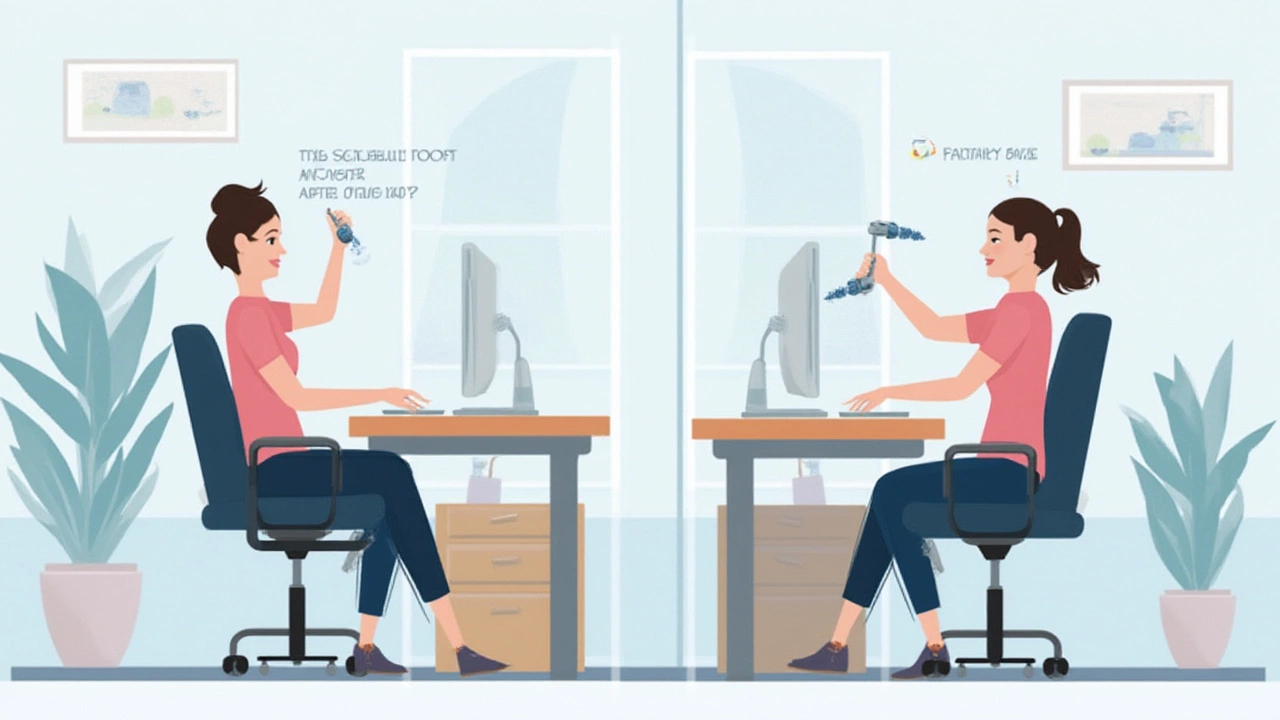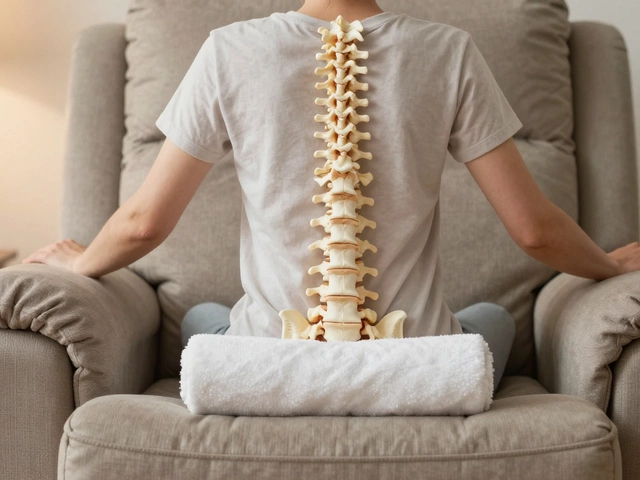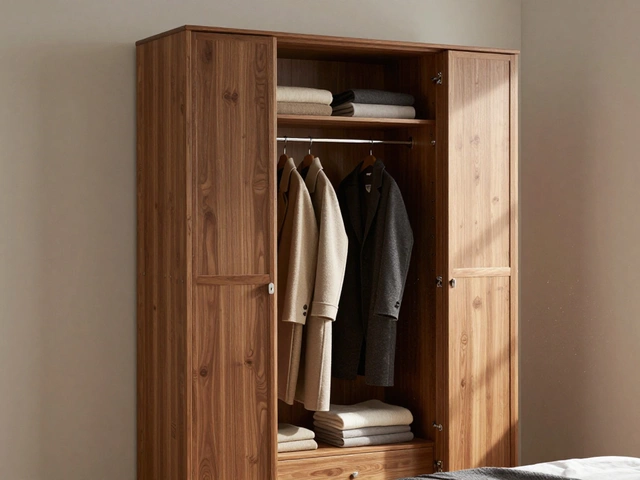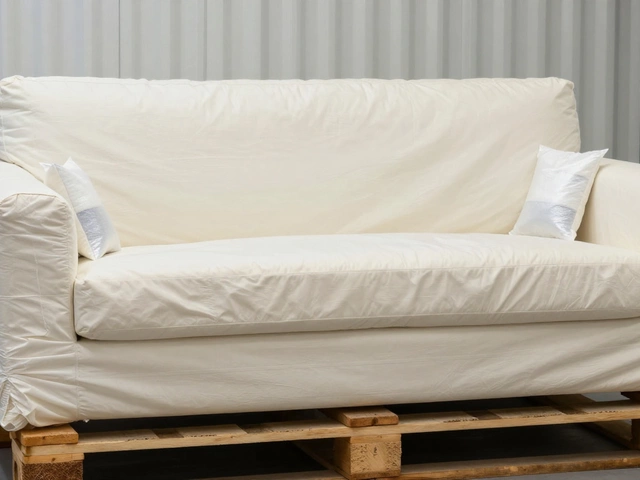Pop quiz: If you spend over six hours a day at your desk, how much thought have you actually given to those arms on your office chair? Most of us plop down, adjust the height a bit, and don’t look back—never mind those padded protrusions on the sides. But here’s the wild thing: armrests might be helping you... or quietly sabotaging your comfort and productivity.
Why Do Office Chairs Even Have Armrests?
You might think armrests are just standard chair fare, but there’s a reason they exist. Modern office chairs took off in North America in the mid-20th century, and originally, armrests were added for what seemed like obvious reasons: extra support during long periods of sitting, a way to help you stand up, somewhere to rest your forearms during breaks. That’s the theory, anyway.
But fast-forward to today’s weird variety of chairs, and armrests aren’t so basic anymore. The fancier models give you adjustable arms that can move up, down, sideways, and sometimes even tilt. Many mass-market chairs still have fixed arms—some attached directly to the seat, others just bolted to the sides. The logic is this: when you’re typing, answering emails, or thinking deep thoughts, you occasionally want a place to rest your arms and take the strain off your shoulders.
Now, let’s bring in a heavy hitter: ergonomics. Tons of research, including studies from the Canadian Centre for Occupational Health and Safety, have found that sitting for hours with unsupported arms stresses the shoulders and neck, leading to tension and pain. So, armrests can save your upper body from fatigue—if they’re at the right height and position. If not? They can do the opposite, pushing your shoulders up or forcing you to twist. The result: you might end up with more pain, not less.
The shape and material of armrests also play a sneaky role. Padded, curved arms can feel great at first, but if they don’t fit the width of your body or desk, you’ll end up bumping into them—or splaying your arms in an awkward position. Hard plastic arms, which are common in budget chairs, can make your elbows sore. And if you’re a smaller or larger person, “one size fits all” rarely fits anybody.
But here’s something most people never consider: not every desk is designed for armrests. If your work surface is too low or too thick, the arms might crash into the bottom of the desk, making it impossible to scoot in properly. That’s why some people quietly unscrew theirs after a week or two. No surprise—Sales data from major Canadian furniture chains in 2024 showed a rise in office chairs labeled "armless," with a 34% sales jump in just two years. More people are questioning whether armrests matter at all.

Pros and Cons of Removing Your Armrests
The decision to yank armrests off your office chair isn’t just about gut reactions. There are real pros and cons, and they might surprise you.
- More Flexibility: Without armrests, you can slide closer to your desk. For people with compact workspaces or deep desks, this matters. No more sitting awkwardly far away because the chair arms hit the edge of the table.
- Better Posture—For Some: If you find yourself shrugging your shoulders to use your armrests, taking them off could fix that habit overnight. Experts like Dr. Bonnie Cheng, who specializes in workplace ergonomics in Toronto, say mismatched armrest height is a bigger posture risk than no armrests at all.
- Fewer Barriers: Armrests are notorious for blocking the way when you work with larger items—think drawing tablets, notebooks, or even your lunch. Graphic designers, architects, and crafters often go armless for this reason.
- Room for Cross-Legged Sitting: Like to perch cross-legged or switch positions often? Ditching the arms gives you the freedom to move. No more bruised thighs from squeezing between armrests.
But taking the arms off isn’t all sunshine. Here’s what you lose:
- Lost Support: After several hours of mousing, your shoulders can creep up without you even noticing. In studies done at Ontario's Centennial College, over 65% of office workers reported forearm fatigue after switching to armless chairs for a week.
- Harder to Stand Up: Armrests give you leverage when you need to get up. It might not matter if you’re young and spry, but the moment you tweak your back or knee, you’ll wish for those sturdy grab bars.
- More Elbow Dings: Without a buffer, you might whack your elbows on your desk or nearby furniture more often.
- Reduced Chair Stability: Some chairs—especially cheaper models—use the arms to stabilize the backrest. Removing them can make the chair wobblier, or in rare cases, structurally weaker. That’s not just annoying; it’s unsafe.
What about the people who split the difference? A 2023 Reddit poll in r/desks found that about 28% of remote workers actually reattach their armrests after a few days because they feel "off balance." The human body loves variety, so suddenly switching your sitting pattern takes an adjustment period.

How to Decide: Your Desk, Your Body, Your Choice
The real answer—like with most things—is pretty personal. If you’re longing for a quick fix, here’s a straightforward checklist:
- Sit in your chair as you normally would. Are you comfortable? Are your shoulders relaxed or hunched?
- Try to scoot all the way under the desk. Do the armrests get in the way?
- Do you ever actually use the armrests, or are they just there collecting dust?
- After an hour of typing, do your forearms or wrists feel tired?
- Do you often switch sitting positions, or do you stay in the same pose for hours?
If you score “armrest gets in my way” several times, go ahead—remove them and see how it feels. But keep the screws somewhere safe. Give yourself at least a week to decide. Your body can need time to adjust to a new setup, so don’t panic if you feel weird the first few days.
| Scenario | With Armrests | Without Armrests |
|---|---|---|
| Shoulder/Neck Comfort | Supports arms if set correctly | Shoulders may fatigue over time |
| Desk Proximity | Block getting close if low desk | Allows full access to desk |
| Body Movement | Limited crossing legs/moving | Free movement, leg crossing |
| Standing Up | Easier for some people | Trickier, especially for those with mobility issues |
| Posture Risks | Badly set arms = hunched posture | Less posture support, must self-correct |
If you’ve got a chair with adjustable armrests, give that a try first. Raise or lower them so your elbows are at a 90-degree angle when your hands rest on your desk. The arms should support your forearms lightly, without pushing your shoulders up. If that still doesn’t work, it’s a sign the chair and your desk don’t play well together—perfect excuse to ditch the arms or look for a better chair.
Don’t just copy what other people do. For instance, standing desks are all the rage, but if you’re sitting, your chair setup matters way more than you think. Sure, your friend’s $300 ergonomic chair with 4D arms might be perfect for their setup, but your own desk might need something different. Customization is the key.
If you start to miss the support, sometimes a desk-mounted armrest or even a large mousepad with wrist support can help. Some folks use rolled towels as a makeshift armrest for a softer, flexible option. You do you.
At the end of the day, the golden rule is: adjust your environment to fit you, not the other way around. Millions of us in Canada are working from home now, so comfort isn’t just a nice bonus—it actually decides if you’ll have an aching neck or a productive afternoon. Your health and mood matter way more than some default piece of plastic on a chair. Don’t be afraid to experiment. The only real mistake is sticking with something that doesn’t work for you because “that’s how office chairs are supposed to be.” Who says?







